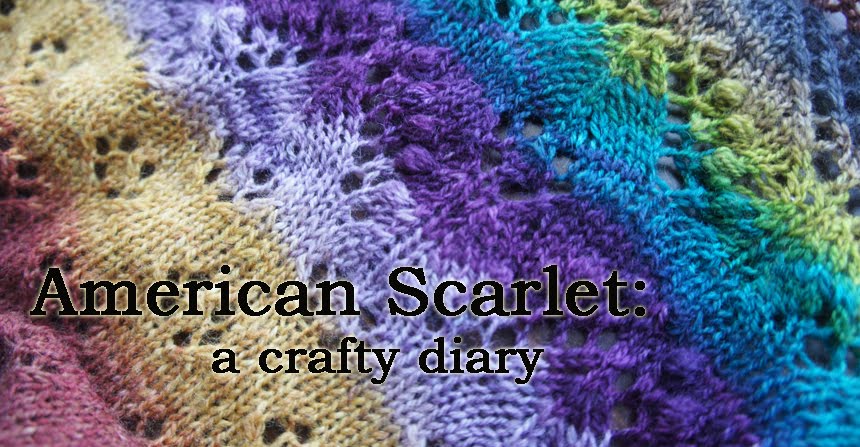It sure has been a while. Two years, just about. But recently, I've been inspired to start sharing my craftiness with the world again. And to make my return, I've chosen something I had a lot of fun making and that came out pretty damn snazzy, if I say so myself.
 |
| The dress! A floor-length, Parisian 1930's inspired gown. |
Back in February, some dear people I know had a marvelous wedding, for which I made a dress. I wanted something vaguely 1920-30 (it would fit the theme), with that sort of bohemian art deco feel, and for some reason, I really wanted a dress that was emerald green. So, it took some searching for the right pattern, and the right fabrics, but I was able to find just the shade of emerald green dupioni silk I wanted, and a nice burnout velvet to accompany it. Sadly, the pictures don't quite capture how brilliant green this silk is, so you'll just have to take my word for it. The burnout velvet is pretty see-through, which I think is at least in the spirit of the period, when women started getting rid of a lot of their restrictive undergarments and started flaunting their natural shapes under flowing oriental-inspired dresses.
 |
| The back has a real cute bow with tassels. |
The pattern was Fokwear's
Paris Promenade Dress. The pattern itself was pretty simple - a wide shape with an over-piece, identical in front and back, that sashes in with a belt - but I made some modifications. In particular, the hem was super super long, and I was supposed to turn it up and stitch it to the lining of the green bib. Screw that - way too much work and potential for disaster. So I just cut the hem to the floor and finished it.
 |
| The back with the bow and the handmade beaded tassels. |
The green overdress was trimmed in a beaded border that I managed to snag for pretty cheap. I stitched the whole thing on by hand, since the beads wouldn't go under my machine foot. As you would expect, I was literally one inch short to finish the whole border - but I cheated by slipping in a bit of jacquard ribbon, and you really can't tell unless you know it's there. There are also beaded tassels on the sleeve seams and the ends of the sash. I couldn't find readymade tassels of the right color, so I made some from embroidery floss.
 |
| Handmade beaded tassels! |
Now for the challenges. Besides the inch gap in my beaded trim that's being masked by jacquard ribbon, I started off by making a mistake in the neck opening, which was a real bitch to fix. Not to mention the velvet itself a very difficult fabric to work with - it was constantly slip-and-sliding under the foot of my machine, so by the end of a seam, the edges would be wildly off. Luckily, it didn't matter too much, plus I have some awesome friends who suggested that I use a piece of tissue paper between the layers, and rip it out later, which helped a lot. The green overdress has a few lines cut on the bias at the botttom, and I didn't think to stay-stitch them right away (that instruction was missing from the pattern and I forgot to use my own brain). This resulted in some stretching, but luckily that was barely noticeable. And, I was sewing pretty much until the bitter end. The trim is only basted on in some places (though, since you can't tell, I wondered why I bothered being neat on the rest of it), and I'm very grateful to my mother, who took over hand-hemming the bottom so that I would have time to actually shower before rushing off to the wedding. I made it!
 |
| The surreptitious jacquard ribbon |
 |
| Day-after-wedding brunch at Chez Simone in Oakland. |












